 Hidden Figures: The American Dream and the Untold Story of the Black Women Mathematicians Who Helped Win the Space Race on Sept. 6, 2016
Hidden Figures: The American Dream and the Untold Story of the Black Women Mathematicians Who Helped Win the Space Race on Sept. 6, 2016 Purchase: Amazon
Add to Goodreads

The phenomenal true story of the black female mathematicians at NASA whose calculations helped fuel some of America's greatest achievements in space.
Before John Glenn orbited Earth or Neil Armstrong walked on the Moon, a group of dedicated female mathematicians known as "human computers" used pencils, slide rules, and adding machines to calculate the numbers that would launch rockets, and astronauts, into space. Among these problem-solvers were a group of exceptionally talented African American women, some of the brightest minds of their generation. Originally relegated to teaching math in the South's segregated public schools, they were called into service during the labor shortages of World War II, when America's aeronautics industry was in dire need of anyone who had the right stuff. Suddenly, these overlooked math whizzes had a shot at jobs worthy of their skills, and they answered Uncle Sam's call, moving to Hampton, Virginia, and entering the fascinating, high-energy world of the Langley Memorial Aeronautical Laboratory. Even as Virginia's Jim Crow laws required them to be segregated from their white counterparts, the women of Langley's all-black "West Computing" group helped America achieve one of the things it desired most: a decisive victory over the Soviet Union in the Cold War, and complete domination of the heavens.
Starting in World War II and moving through to the Cold War, the civil rights movement, and the space race, Hidden Figures follows the interwoven accounts of Dorothy Vaughan, Mary Jackson, Katherine Johnson, and Christine Darden, four African American women who participated in some of NASA's greatest successes. It chronicles their careers over nearly three decades as they faced challenges, forged alliances, and used their intellect to change their own lives and their country's future.
Review
Hidden Figures is one of the best books I’ve read this year. To begin with, it is very well-written. Ms. Shetterly’s prose is clear and compelling, though occasionally a little fulsome. She balances facts with context, scene-setting and interpretation, exploring not only what these women and their colleagues did at the NACA (now NASA), but their lives and experiences beyond their jobs: what they thought and felt and how they navigated a world in which segregation and racial prejudice were not only commonplace, but the law of the land in many states. What could have been a somewhat dry history becomes an inspiring tale of determination and success.
It is is, in fact, a most compelling story, though more complex and with a far greater cast of characters than I anticipated, having seen the movie before I read the book. I was filled with admiration and respect for Dorothy Vaughan, Mary Jackson, Katherine Goble Johnson, and the other women who moved from the segregated West Computing pool of “girls” to positions throughout the NACA/NASA, many eventually gaining the title of “mathematician” or “engineer” (titles originally denied to most women, though granted to similarly-qualified men.) It’s a story of hard work, determination, dignity, and talent; of prejudice giving way to equality and opportunity. . . but a story that is far from complete. Listening to Hidden Figures, I couldn’t help but contrast the strides made by the women in the book and by African Americans generally, and the advancement of civil rights during that period, with the racism still evident in our society today, both systematic and institutional, and individual. Somehow, the book left me feeling both uplifted by the women’s story and discouraged that fifty years later, hatred still flourishes. We are still not a colorblind society, nor one where opportunities are equal regardless of race or gender.
While the movie adaptation is excellent, there are some differences between the book and the movie. The timing of various events has been condensed into a much shorter period. For instance, the real Dorothy Vaughan was promoted to full section head in 1951, ten or eleven years before that occurs in the film. And while she did encourage her black female computers to learn to work with the electronic computers, she never led the entire crew of them into the computer room en masse; many of them were absorbed into other departments on permanent assignments over time. The timing of various events has been condensed into a much shorter period. The real Katherine Goble Johnson was admitted to the conference room meetings well before her group was computing Glenn’s flight trajectory, and she simply (and quietly) used the unmarked white bathroom. It was Mary Jackson who, out of frustration, told her engineering boss Kazimierz Czarnecki about having to use the colored bathroom. Katherine also didn’t carpool with Dot Vaughan and Mary Jackson; she knew and admired both women, but the tight friendship depicted in the movie is an exaggeration. And Al Harrison (Kevin Costner), Vivian Mitchell (Kirsten Dunst) and Paul Stafford (Jim Parsons) are composite figures, not historical individuals.
The audiobook is read by Robin Miles, whose pacing, diction, and interpretation are all excellent. Her voice and narration are a pleasure to listen to. However, since I tend to learn and retain information more easily through reading than through listening, I did find it hard at times to keep track of all the people in the book. If I had read it in print, I would have been able to easily skim back and remind myself who was who. I also missed out on the included photographs; for that reason, I plan to track down a print copy at some point.
Bookwyrm’s Recommendation: Five stars. If you haven’t read Hidden Figures, you’re missing out on one of the best real-life histories published in the last few years.
* * *
I had the opportunity to hear Ms. Shetterly speak about Hidden Figures and her experiences while researching and writing the book. Like the women she portrays, Ms. Shetterly is bright, articulate, gracious, and determined. She grew up in Hampton; her father worked at Langley. She knew some of these women when she was growing up, meeting them at church or in other social settings. But because they rarely spoke about the work they had done, Shetterly, like the rest of us, was unaware of their achievements or importance in the fields of aeronautics and space. It was fascinating to hear her talk about her research and the interviews she did. She also founded The Human Computer Project, “an endeavor that is recovering the names and accomplishments of all of the women who worked as computers, mathematicians, scientists and engineers at the NACA and NASA from the 1930s through the 1980s.”
Toward the end of her talk, she was asked what she would be working on next. Ms. Shetterly replied that she has two more books planned, both along similar lines to Hidden Figures, but did not give any details. Whoever or whatever she chronicles next, I’ll be first in line to read it.

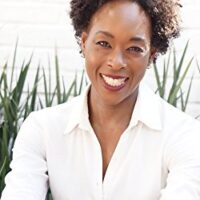
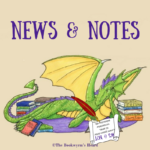
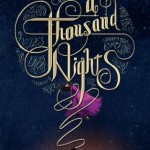












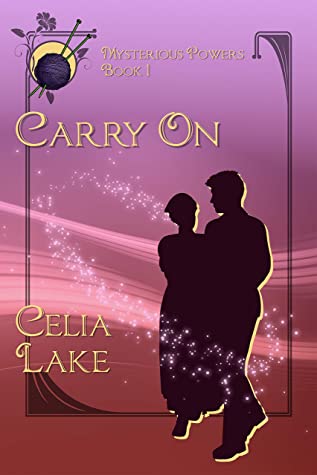

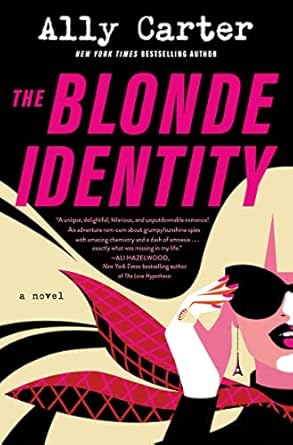
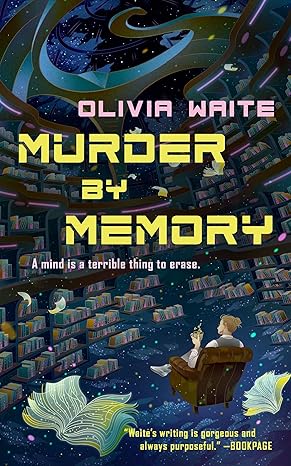

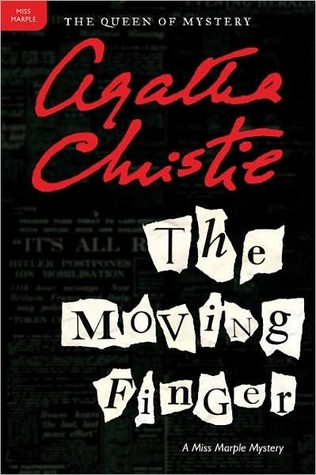

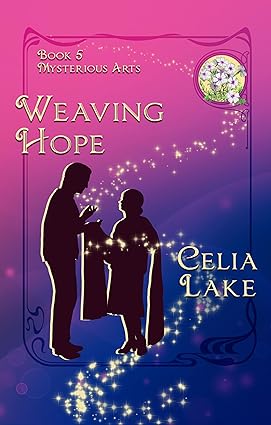

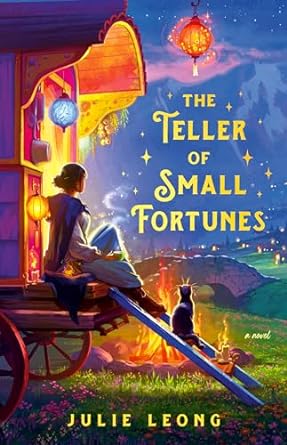
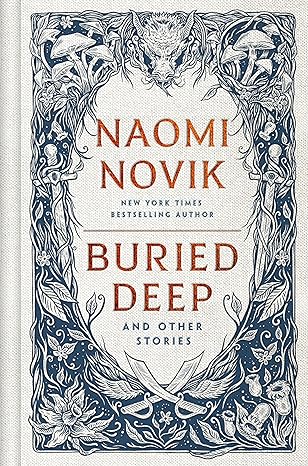
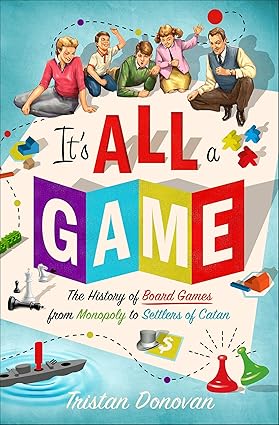
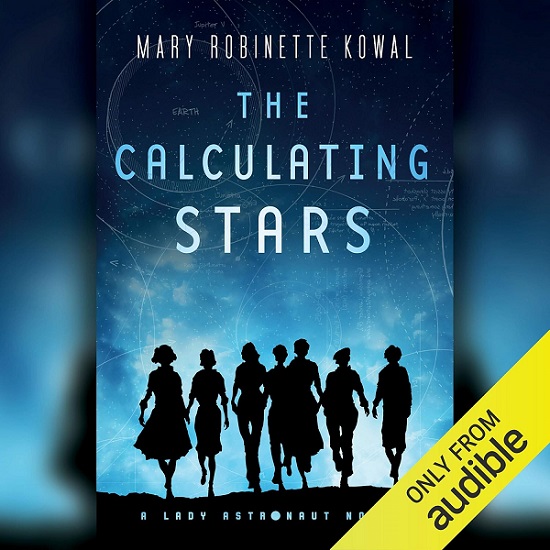

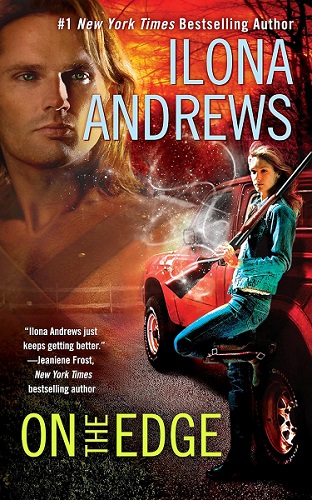
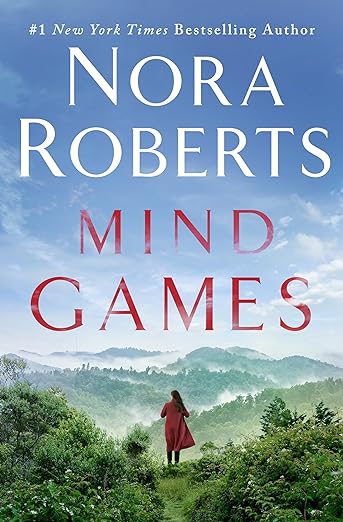


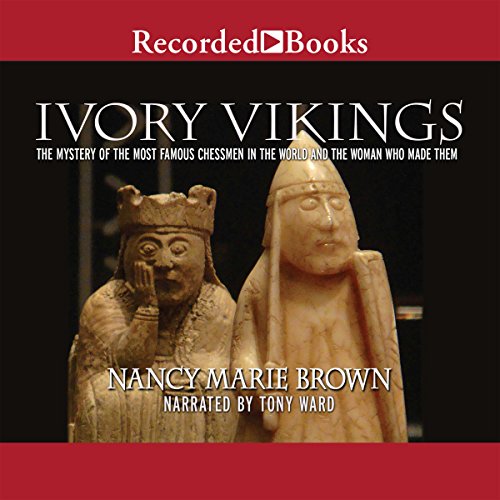

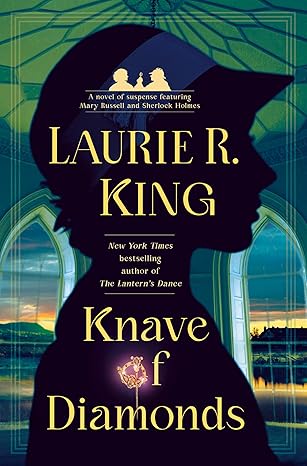




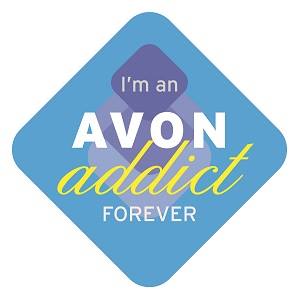

Angela
I was a history major, so I definitely know about dry non-fiction. I love when authors can make history readable and engaging. I think I’ll be adding this one to my TBR! Great review!
Angela recently posted…Review: Almost Missed You
Lark_Bookwyrm
It’s funny how one author can make something deadly dull, and another comes along and makes it live. But of course, in this case, no one had told this story before, so I’m doubly glad Ms. Shetterly did such a wonderful job.
Rita @ Paging Through Books
Oh, nice! Thanks for the work you put into making this quite informative!
This is a wonderful review, so full of information, so I can determine that 1) I want to see the movie asap 2) I don’t need to be “afraid” of the technical and historical details in the book 3) I will read it, rather than use audio, which is difficult for me to retain info while listening over the course of a few days 4) it is still bittersweet– because, yes– our society has made strides but… women, POC, people of lower income backgrounds, citizens from other countries, and those of changed genders, are still not on par with (middle to upper class) white men.
This book shows change can occur (!), so maybe one day my previous sentence will become false. One can only hope, for our daughters’/granddaughters’ sake.
Rita @ Paging Through Books recently posted…Review: Because of Miss Bridgerton
Lark_Bookwyrm
Thank you, Rita! I’m glad I’ve convinced you to see the movie and read the book — both are well worth it. And I pray that you are right, and that someday our our children and grandchildren of all races, ethnicities, genders, orientations, and beliefs will have more opportunities and experience fewer barriers and less prejudice than exist now.
Literary Feline
I really liked this book too. It was really eye-opening for me. So much history I didn’t know. So many women involved that deserve notice for their accomplishments.
Literary Feline recently posted…Where Is Your Bookmark? (06/09/2017)
Lark_Bookwyrm
Yes. Ms. Shetterly says that one of the questions she is asked most often is “Why I have I never heard of these women?” Thanks to her, millions of people now have.
kimbacaffeinate
Ooo I am off to use a credit for this right now Lark!!
kimbacaffeinate recently posted…Kiss of a Demon King by Kresley Cole
Lark_Bookwyrm
It’s really good!